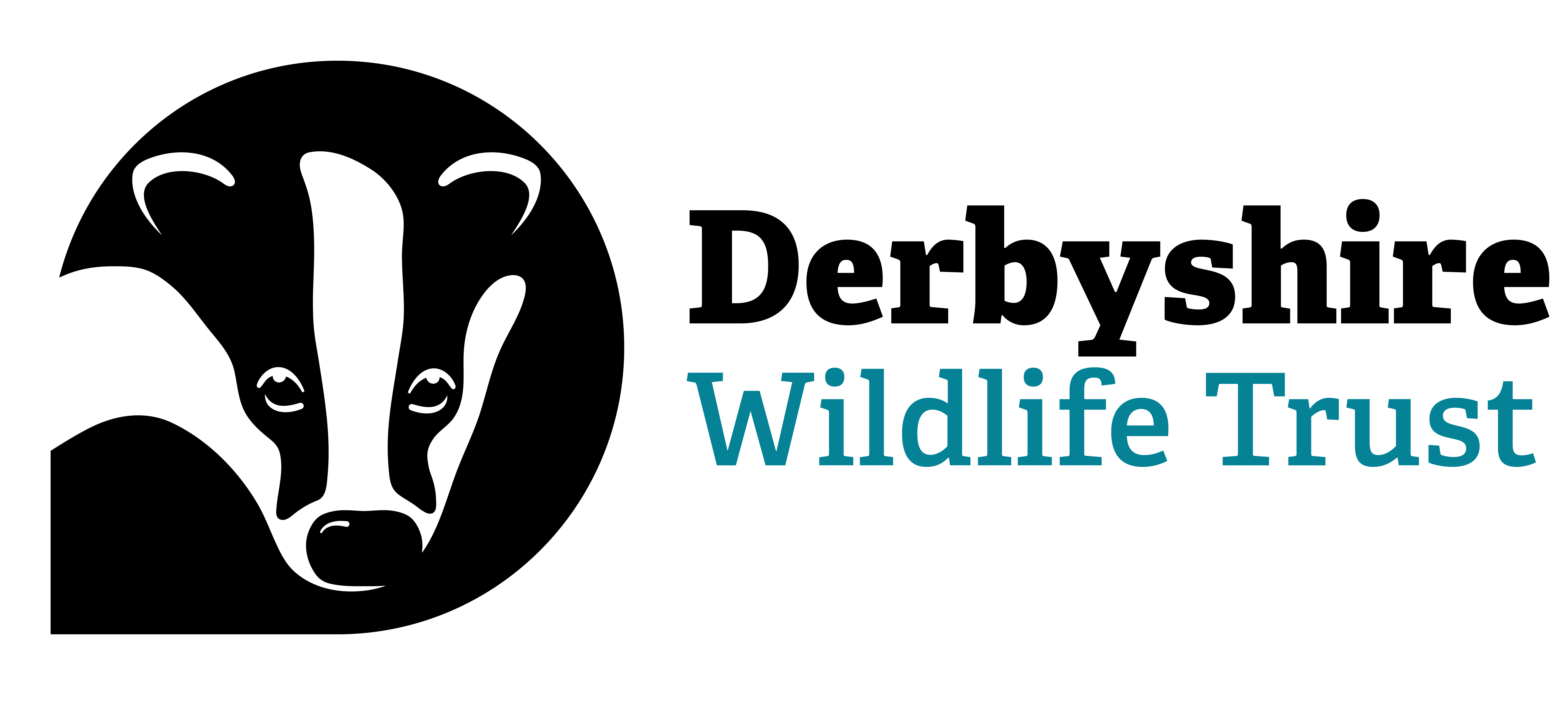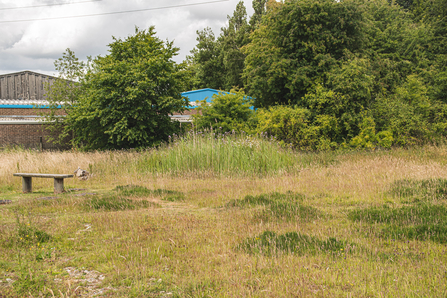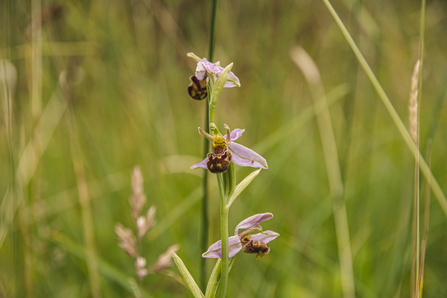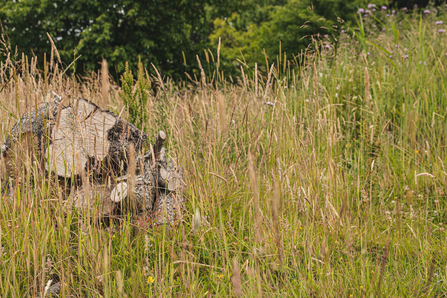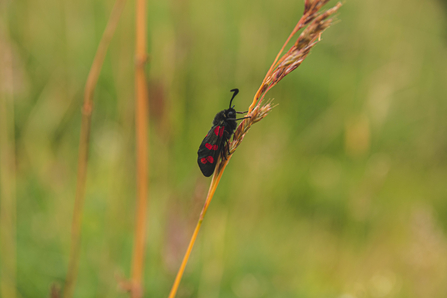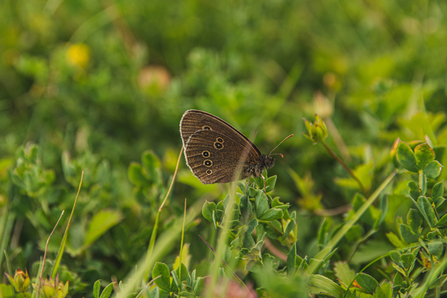Despite still having to keep to corporate legislation, BASF Alfreton have taken the opportunity to see the green spaces around them that deserve to grow and attract wildlife. It all started with BASF Alfreton thinking about becoming more sustainable and so they got in touch with us here at Derbyshire Wildlife Trust to get advice on what they could do to improve the environment around their site.
BASF Alfreton have noticed that having green spaces around their site has had a great impact on the wellbeing of staff members. They now have spaces outside with seating areas amongst the wildflowers and staff are interacting with the wildlife that they see on their lunchbreaks.
